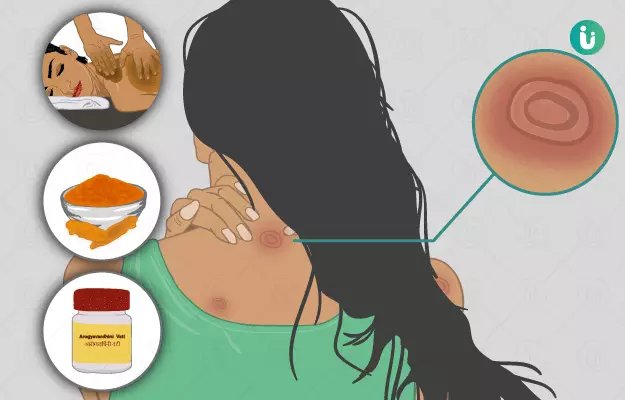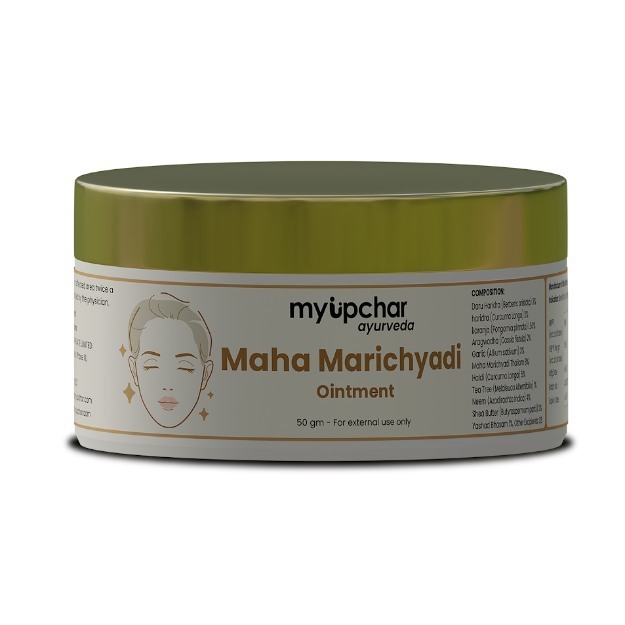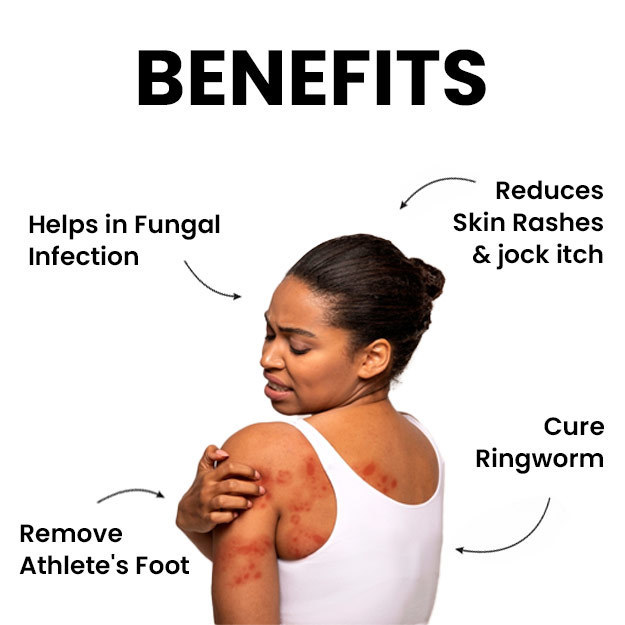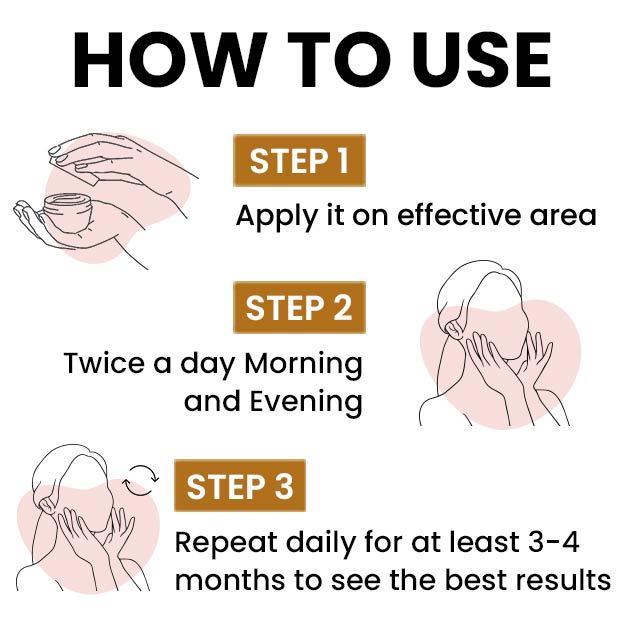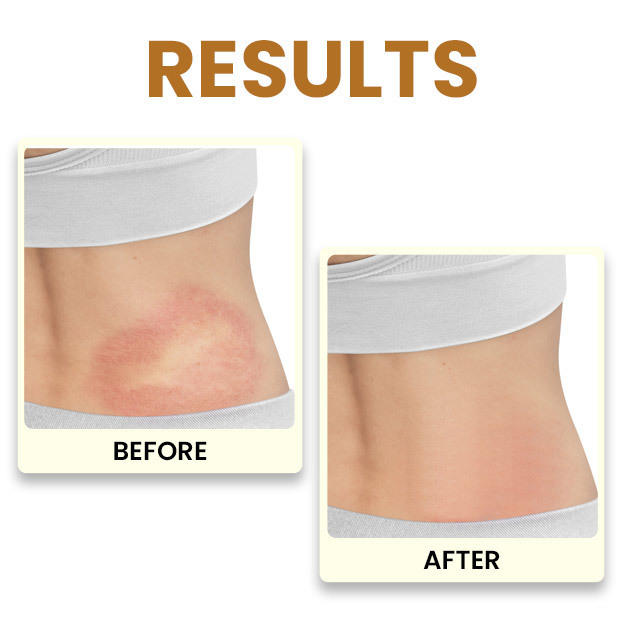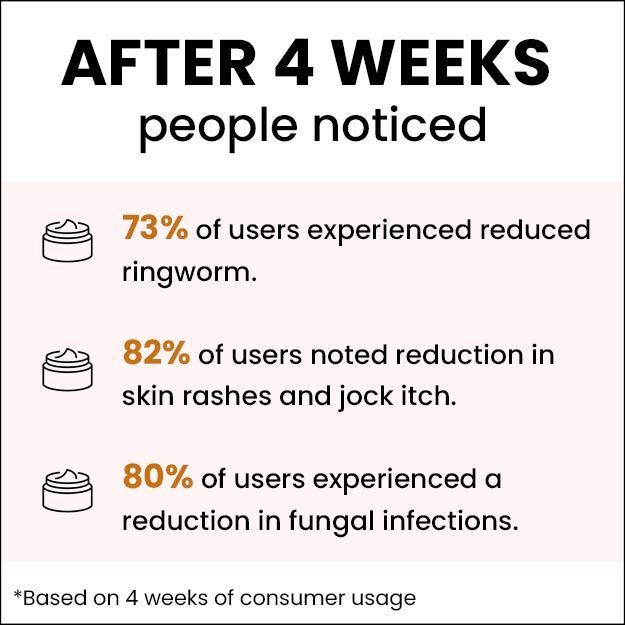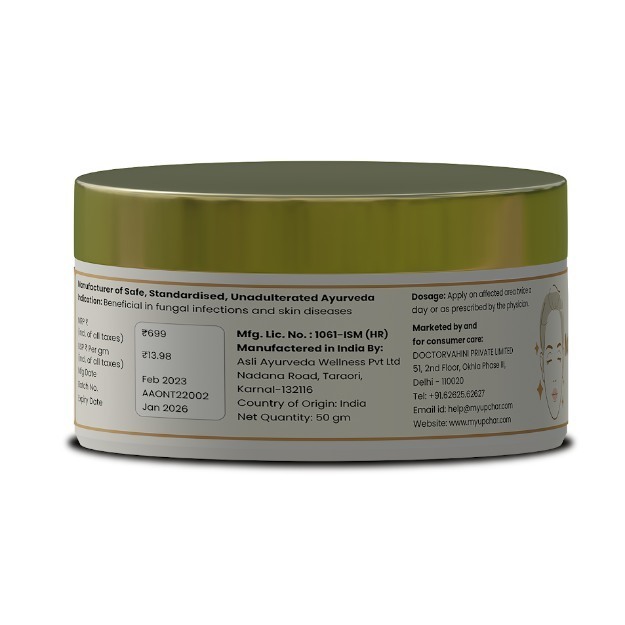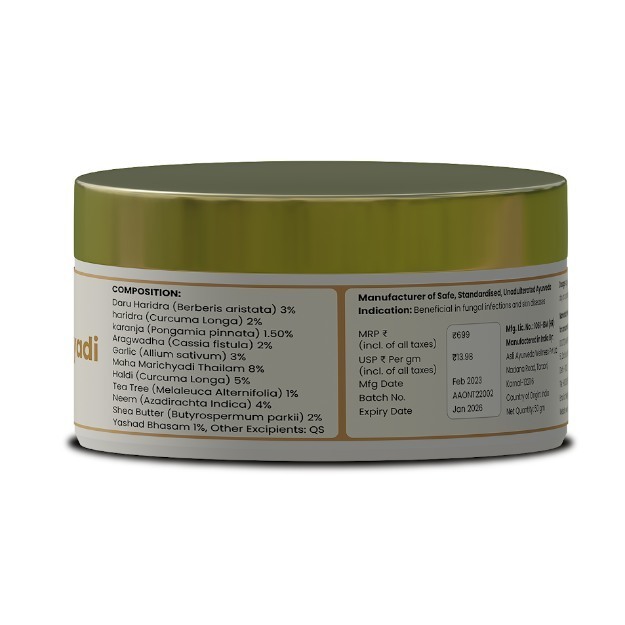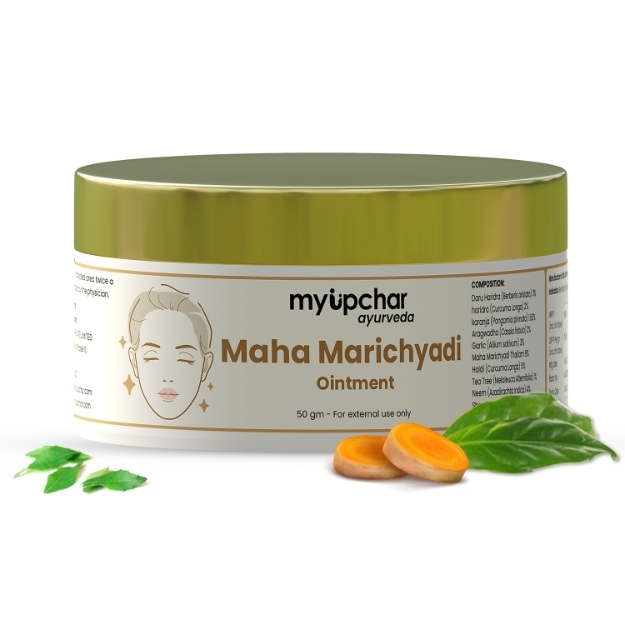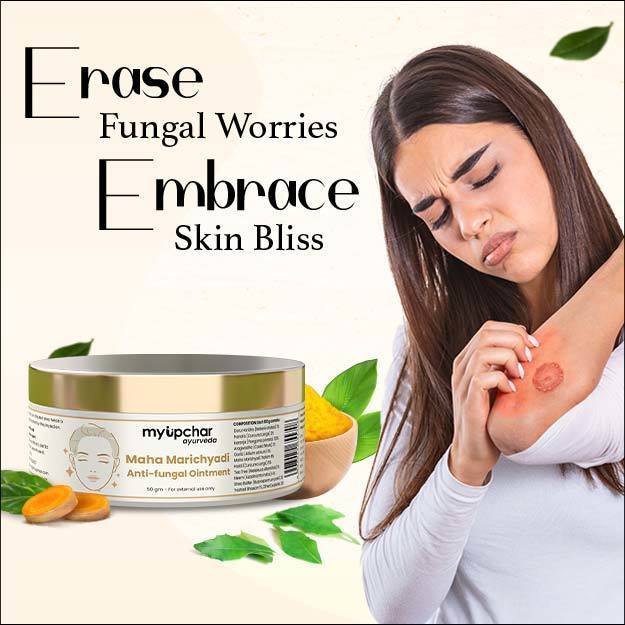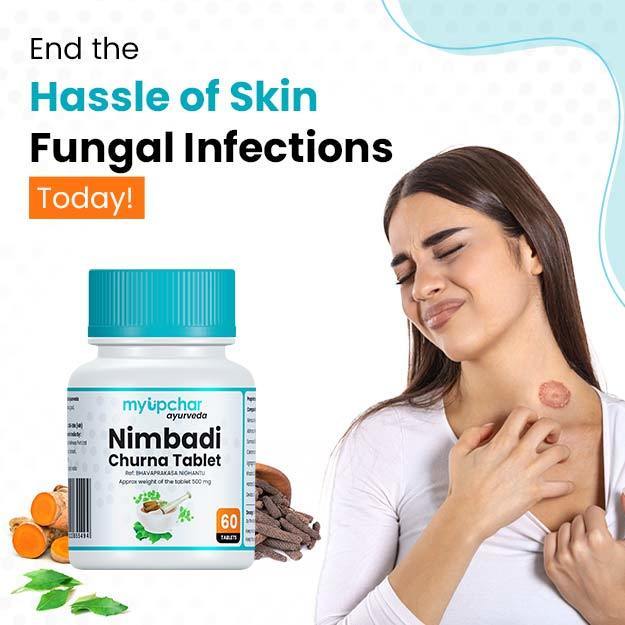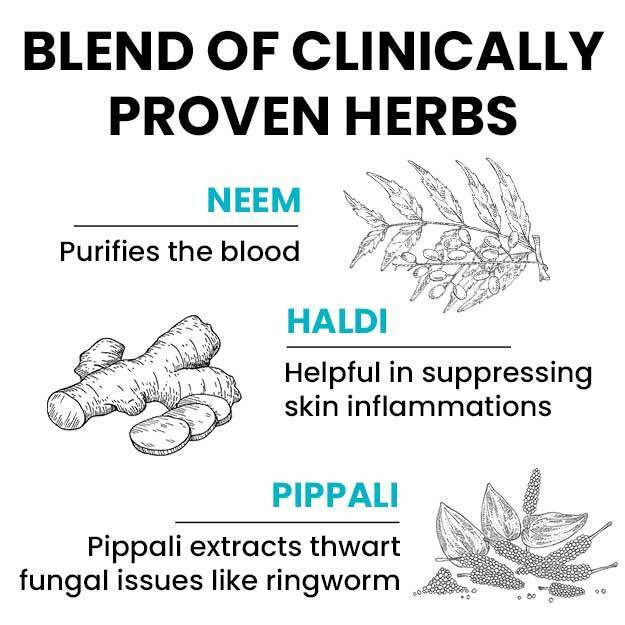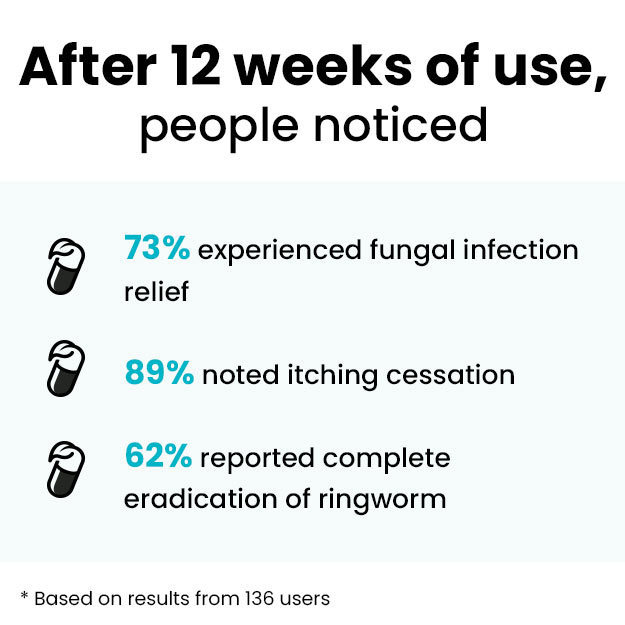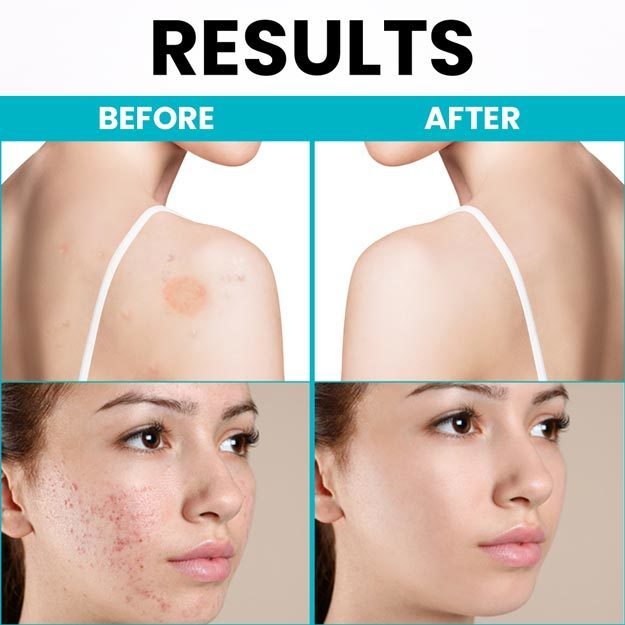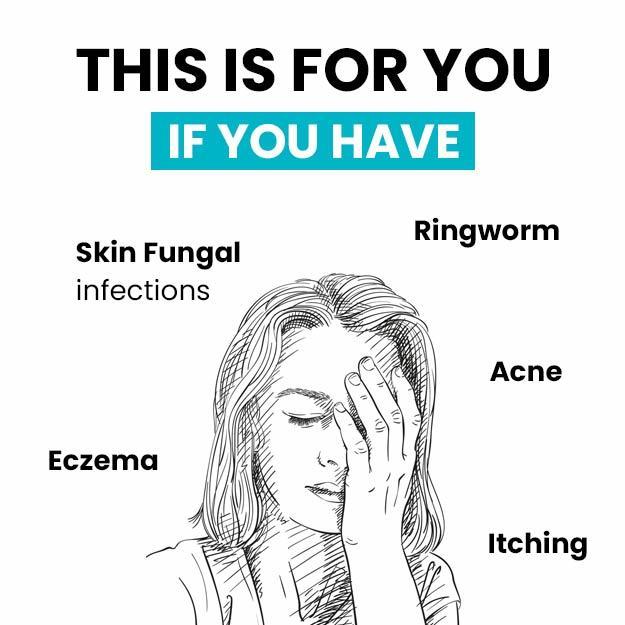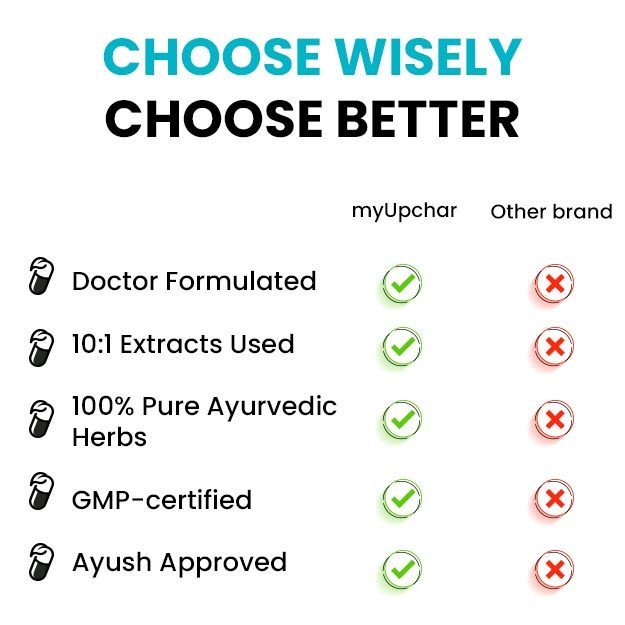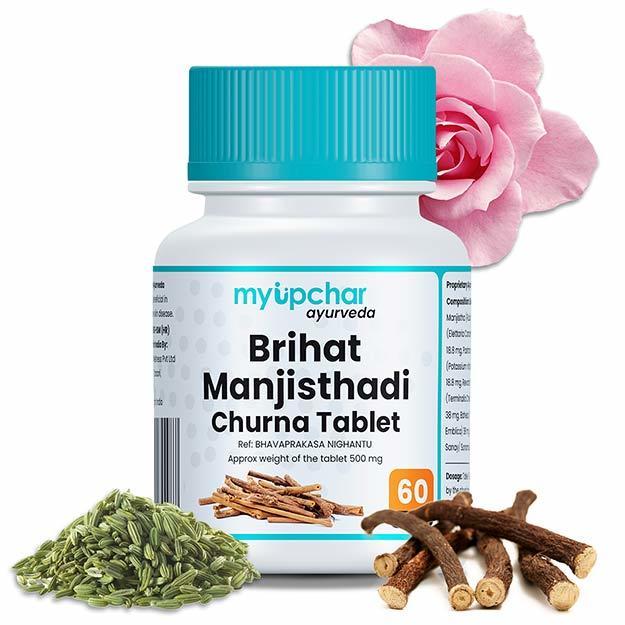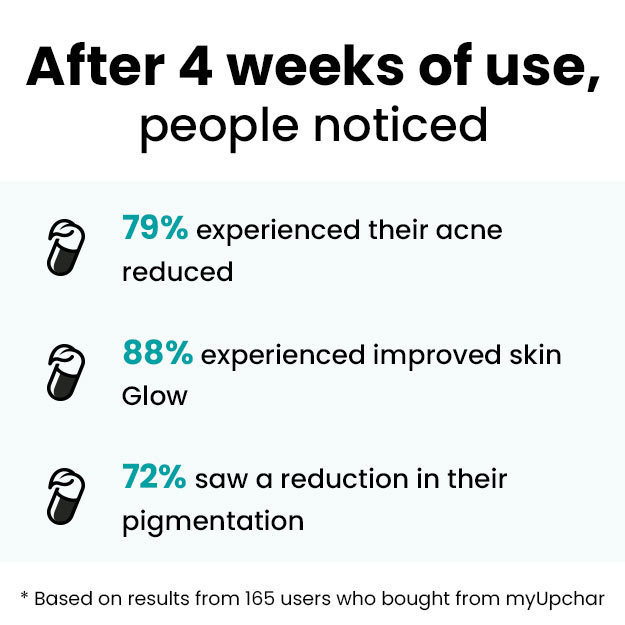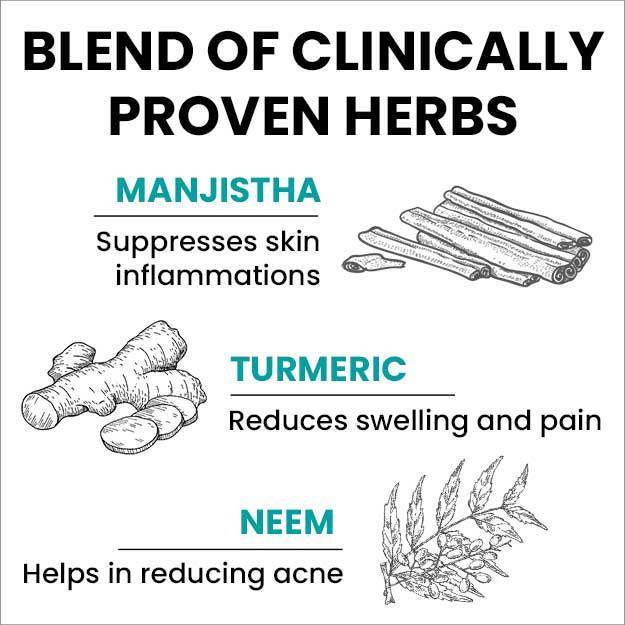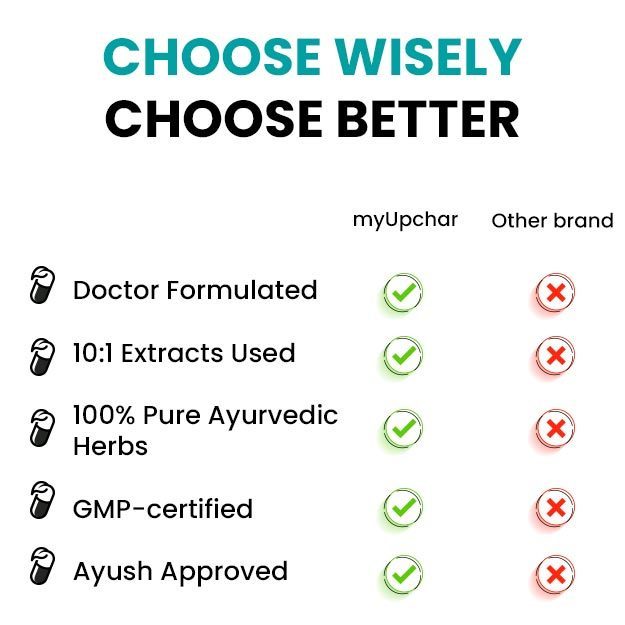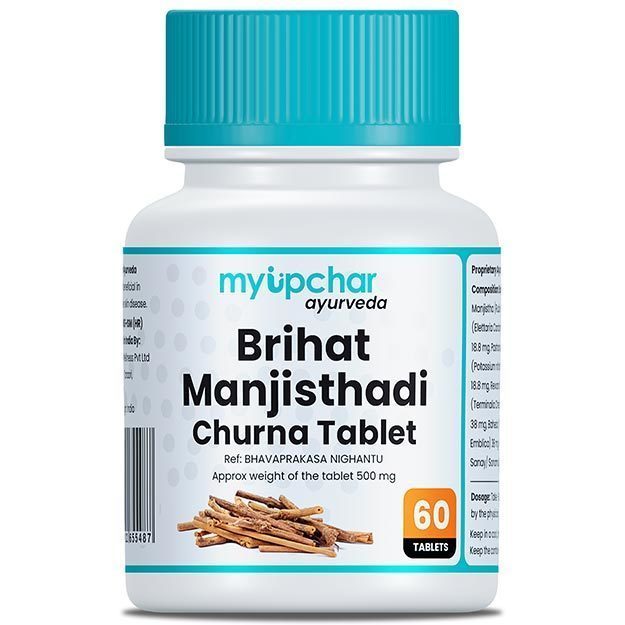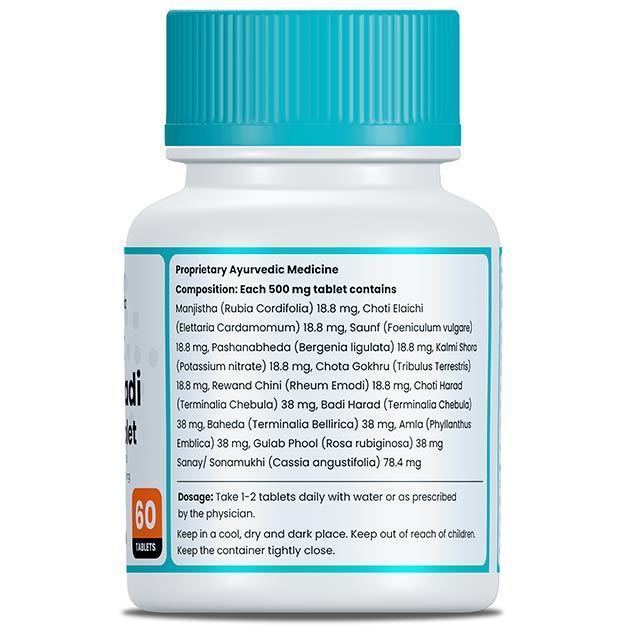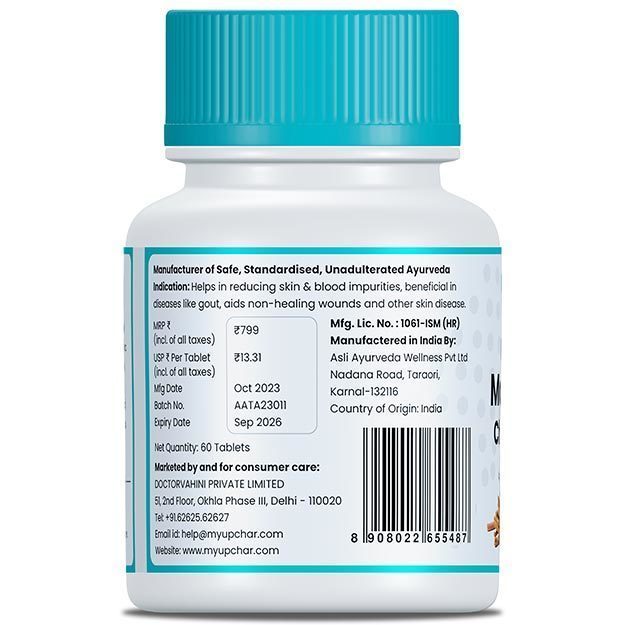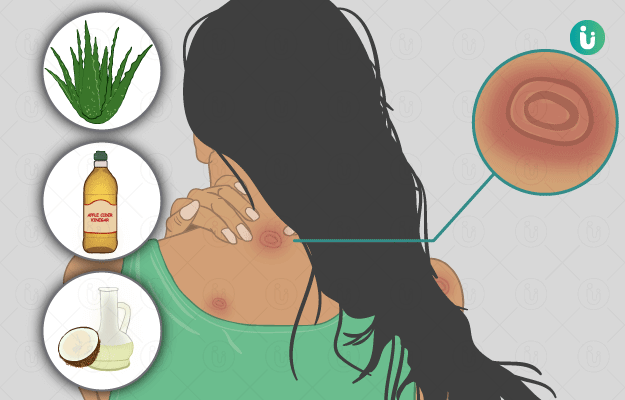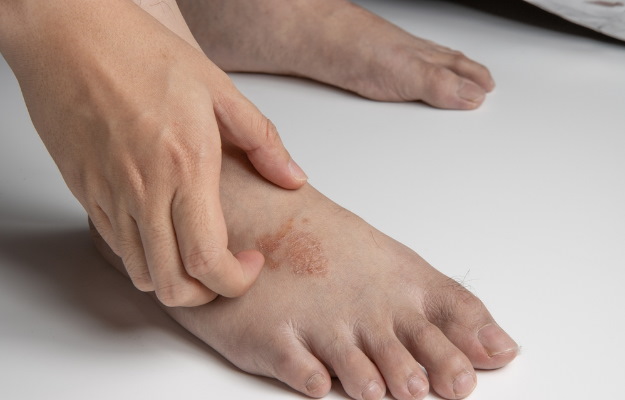Ringworm, often referred to as dadru in Ayurveda, is a condition of the skin characterised by a copper-coloured circular or ring-like raised lesion on the skin that itches. The most common cause of ringworm is poor hygiene, which allows the fungus to invade the skin. It is commonly seen in over-populated countries with humid climatic conditions.
Ayurveda describes various treatments for diseases of the skin. Lepa (coating the affected body part with medications) is the most commonly used external treatment for the management of ringworm. The herbs prescribed by Ayurvedic physicians for the treatment of ringworm are shankhapushpi (aloe weed), haridra (turmeric), aragvadha (golden shower), chakramarda (foetid cassia) and palash (flame of the forest). Ayurvedic formulations used in the management of ringworm are dadrughni vati, mahamarichyadi taila, arogyavardhini vati, karanjadi taila and kaishora guggulu.
- Ayurvedic view of ringworm
- Ayurvedic treatment for ringworm
- Ayurvedic herbs and medicines for ringworm
- Dietary and lifestyle changes for ringworm patient as per ayurveda
- How effective are ayurvedic medicines and treatments for ringworm
- Side effects and risks of ayurvedic medicine and treatments for ringworm
- Takeaway
Ayurvedic view of ringworm
Skin diseases are classified under the term kushtha roga in Ayurveda. Eighteen types of skin diseases are mentioned in ayurvedic texts. These are categorised as maha kushtha (major skin ailments) and kshudra kushtha (minor skin ailments). Dadru is classified as maha kushtha by Acharya Sushruta and as kshudra kushtha by Acharya Charaka.
Clinical symptoms of dadru include itching, redness, eruptions and elevated circular ring-like lesions. Sometimes the centre of the lesion is clear with no eruption, but at times, it may be blackish in colour with cracked skin and itching. It is generally a tridoshaja disease caused by the vitiation of all the three doshas with predominant vitiation of kapha and pitta dosha.
Ayurvedic treatment for ringworm
- Lepa
- A topical application of herbs or a combination of herbs made into a paste-like formulation using ingredients like ghee (clarified butter) is called lepa.
- It helps in relieving symptoms and treating the condition.
- The various lepas that are prescribed for treating ringworm are prepared from different herbs such as:
- Chakramarda in radish juice.
- Bark of shigru (drumstick) in radish juice.
- Manjishtha (Indian madder), triphala (a combination of amalaki [Indian gooseberry], vibhitaki [belleric myrobalan], and haritaki [chebulic myrobalan]), lac, haridra, gandhaka (brimstone) with mustard oil.
- Vidanga (false black pepper) seeds, mustard, chakramarda, the root of kushtha (costus) and rock salt in sour curd.
- Durva (doob grass), the rind of haritaki fruits, rock salt, seeds of chakramarda, and the leaves of tulsi (holy basil) in buttermilk.
Ayurvedic herbs and medicines for ringworm
Ayurvedic herbs for ringworm
- Shankhapushpi
- It is spicy and bitter in taste with tikshna (incisive) and ruksha (drying) properties.
- When used for vamana (medical emesis), it helps in cleansing the vitiated kapha and pitta.
- A lepa prepared from shankhapushpi leaves can be used for treating skin diseases caused by vitiated pitta dosha. It purifies and cleanses the rakta dhatu.
- Shankhapushpi oil is helpful in the management of ringworm, fungal infections of the scalp in children, scabies and other skin infections.
- Haridra
- Haridra acts on the circulatory, digestive, respiratory and circulatory systems and has antibacterial, anthelmintic, aromatic, carminative (relieves flatulence) and stimulant properties.
- It improves blood circulation and is used in the management of various skin disorders. It is also used to treat wounds, inflammation, abscesses, etc.
- Aragvadha
- Aragvadha contains many phytoconstituents like alkaloids, tannins, flavonoids and saponins. These chemical constituent are scientifically proven to have antimicrobial activities. In addition, aragvadha is also useful in the management of fungal and bacterial infections and has laxative, antitussive, liver-protective and pain-relieving properties.4
- Chakramarda
- It has many active phytoconstituents, which include alkaloids, flavonoids, sugar, glycosides, carbohydrates, tannins and saponins.
- These phytoconstituents are responsible for the theraputic properties of the herb. Chakramarda pacifies the kapha and vata doshas, cures skin disorders such as ringworm, and has antipruritic and antitussive (relieves cough) properties.
- Chakramarda is also useful in the management of all types of diseases due to inflammation with predominant involvement of vata and kapha.
- Palash
- Palash has multiple chemical constituents like butein, butrin, isobutrin, and palasitrin, due to which it produces various therapeutic effects.
- It is used in the management of many inflammatory diseases, skin diseases and fungal infections of the skin like ringworm. It also helps in wound healing and relieving stress.
Ayurvedic medicines for ringworm
- Dadrughni vati
- It is a tablet-like formulation, which has chakramarda as its active ingredient.
- It is used in the management of all types of skin infections like ringworm and white spots.
- Mahamarichyadi taila
- Mahamarichyadi tailais is made of many natural herbs which include jatamansi (muskroot), nagarmotha (cypriol), pippali (long pepper), daruharidra (Indian beriberi), haridra, milk, vatsanabha (Indian aconite), arka (gigantic swallowwort), kushtha (costus), kaner mula (root of oleander), raktachandan (red sandalwood), indrayanmula (colocynth root), haritala (orpiment) and shweta nishoth (turpeth).
- It is helpful in the treatment of several skin infections including ringworm and boils.
- Karanjadi taila
- Karanjadi taila mainly consists of an extract of karanja (Indian beech) comprising kushtha, chitrakamool (leadwort root), kaner and chameli pushpa.
- It is effective in the treatment of ringworm and various other infections of the skin.
- Arogyavardhini vati
- It is a well-known Ayurvedic formulation, which is indicated and extensively used in the management of skin diseases.
- It mainly consists of trivrit (Indian jalap) along with other herbomineral ingredients like neem, triphala, abhraka bhasma (calcined preparation of mica), tamra bhasma (calcined preparation of copper), etc. These constituents are known for their pitta virechana (elimination of pitta through faeces), kapha shamana (pacification of kapha) and vata anulomana (pacification and regulation of vata) properties.
- It also possesses a wide range of activities like deepana (hunger-increasing), pachana (digestive), medohara and tridosha shamaka.
- Arogyavardhini vati helps in balancing of doshas and aids in purification procedures. Therefore, it is useful in the management of various skin diseases including ringworm.
- Kaishora guggulu
- Guggulu (Indian bdellium-tree), guduchi (heart-leaved moonseed) and triphala are the major constituents of kaishora guggulu. These ingredients have active properties that destroy the elevated pitta and help in blood purification.
- It is useful in the management of all types of skin diseases and also to enhance the beauty and lustre of the skin.
As treatments vary according to numerous factors and an individual’s prakriti (constitution), consult a qualified Ayurvedic doctor for the appropriate medications and treatments for your specific complaints.
Dietary and lifestyle changes for ringworm patient as per ayurveda
Do’s
- Maintain good personal hygiene.
- Wear loose-fitting and clean clothes.
- Change your clothes twice a day.
Don’ts
- Do not consume incompatible foods like fish and milk.
- Do not eat contaminated food.
- Do not suppress natural urges like the urge to urinate or evacuate the bowels.
- Do not drink chilled or cold water just after physical work or exposure to sunlight.
- Avoid sleeping during the daytime.
- Avoid excessive intake of acidic or salty food items.
How effective are ayurvedic medicines and treatments for ringworm
A case study involving a 55-year-old man with red ring-like patches on the chest and left thigh for the last 4 months was treated using Ayurvedic therapy comprising oral arogyavardhini vati and kaishora guggulu along with a topical application of marichyadi taila. The other symptoms experienced by him included an itching and burning sensation in the affected areas and incomplete and irregular evacuation of the bowel. Improvements in the symptoms like itching, redness and circular lesions on the skin were observed within 15 days of the treatment. Improvements in appetite and bowel evacuation were also noticed. No relapse was reported.
Side effects and risks of ayurvedic medicine and treatments for ringworm
Ayurvedic treatment, herbs, and medicines are being used for thousands of years and are very popular as natural treatment methods. Although they are free from side effects, it is always recommended to consult an ayurvedic doctor instead of self-medicating. Some of the herbs and treatments may not be compatible with the clinical condition or constitution of the individual undergoing the therapy, e.g., haridra is effective in the management of ringworm, but should not be used in individuals with an excess of pitta.
Takeaway
Healthy skin acts as a strong barrier against invasion by pathological organisms and maintaining skin health will help prevent various infections of the skin like ringworm. Ringworm is a common skin infection that has numerous available treatments, but Ayurvedic medicines and treatments uproot the cause and prevent the relapse of the condition without any side effects.
Find Ayurvedic Doctor in cities
Doctors for Ayurvedic medicine, treatment and remedies for Ringworm

Dr. Ayush Bansal
Ayurveda
2 Years of Experience

Dr. Megha Sugandh
Ayurveda
6 Years of Experience

Dr. Nadeem
Ayurveda
3 Years of Experience

Dr.Ashok Pipaliya
Ayurveda
12 Years of Experience
Medicines / Products that contain Chakramarda
- Myupchar Ayurveda Nimbadi Churna Tablet - ₹399
- Vedobi Bestone Anti Itching Capsules, Itching And Skin Problems, 100 Gm - ₹999
- Shree Divya Ayurved Neembadi Churn - ₹119
- Rahat Skin Cream 15gm - ₹95
- Vaidyamrit Hemiklean Syrup 200ml - ₹150
- Barphani Skinmate Oil, Shankhpushpi Plus Tablet, Aarogya Plus Tablet, Eczonil Tablet, Barphani Cream Combo Pack (50ml×2 Oil, 60×1 Tablet, 30×2 Tablet, 60×1 Tablet, 20gm×4 Cream) - ₹3025
- Barphani Psoroclear Cream & Tablet, Skinmate Oil, Aarogyaplus Tablet, Shankhpushpi Plus Tablet Combo Pack (20gm×6 Ointment, 30×2 Tablet, 50ml×3 Oil, 30×3 Tablet, 30×2 Tablet) - ₹2935
- Bactimo-F Ointment 30gm - ₹90
- Yamuna Pharmacy Dadru Daman Marham - ₹195
- Bactimo Capsule (100) - ₹500
- Bactimo Ointment 25gm - ₹80
- Anju Zalim-X Lotion Large Pack - ₹50
- Anju Zalim-X Lotion Mini Pack - ₹22
- Amrutam Neem Oil - ₹449
- Yamuna Pharmacy Epidermoil - ₹152
- Barphani Skinmate Oil For Psoriasis, Eczema, Ringworm, Rosacea & Herpes 50ml Pack Of 3 - ₹499
- Barphani Skinmate Oil For Psoriasis, Eczema, Ringworm, Rosacea & Herpes 50ml Pack Of 4 - ₹680
References
- National Institute of Indian Medical Heritage [Internet]. Central Council for Research in Ayurvedic Sciences: Ministry of AYUSH, Government of India; Dadru.
- Kaushik, Raman & Sharma, Pragya. Ayurvedic Management of Dadru Kusthavis-a-vis Tinea Corporis. International ayurvedic medical journal. 2016
- Bhalodia NR, Nariya PB, Acharya RN, Shukla VJ. In vitro antibacterial and antifungal activities of Cassia fistula Linn. fruit pulp extracts. Ayu. 2012 Jan;33(1):123-9. PMID: 23049197
- Prabhat Kumar Srivastava. Medicianal Importance of Chakramarda ( Cassia Tora Linn). World Journal of Pharmaceutical Research. 484-489. 10.20959/wjpr20174-8110. 2017
- Gupta et al. Phytochemical and pharmacological review on Butea monosperma (Palash). International journal of Agronomy and Plant Production.. 3. 255-258. 2012
- Subhash Ranade. Kayachikitsa: A Text Book of Medicine. Chaukhamba Sanskrit Pratishthan, 2001 - Medicine, Ayurvedic

